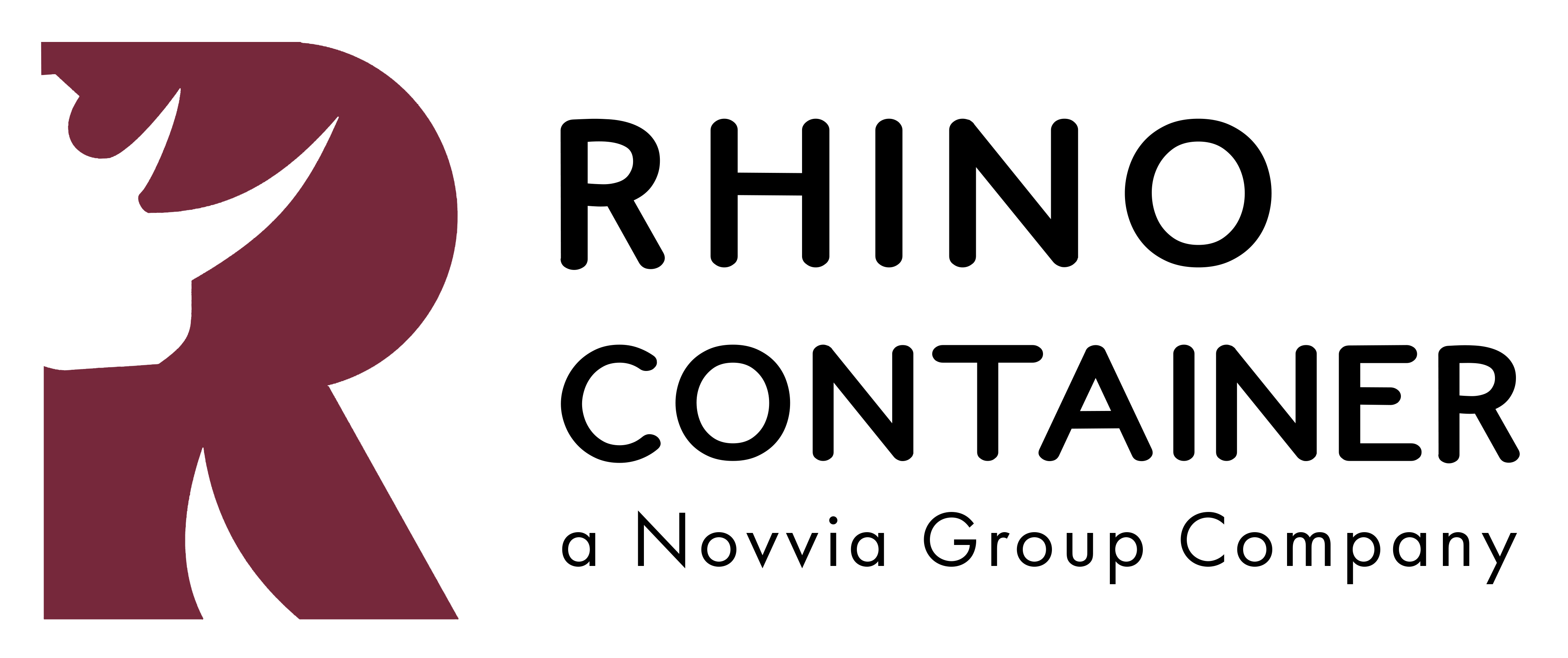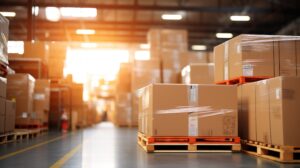
Blog
Exploring the Best Options for Bulk Plastic Bottles A Comprehensive Comparison Guide
In today's environmentally conscious world, the demand for bulk plastic bottles has surged as businesses and consumers alike seek sustainable and cost-effective packaging solutions. Whether you're a small business owner looking to source bottles for your product line or an individual planning a large event, selecting the right bulk plastic bottles is crucial. However, with numerous options available in the market, navigating through features, materials, and pricing can be overwhelming. This comprehensive comparison guide aims to explore the best options for bulk plastic bottles, highlighting key factors to consider, such as recyclability, durability, and customization possibilities. By the end of this guide, you will be well-equipped to make informed decisions that align with your specific needs and values, ultimately enhancing your packaging strategy while promoting sustainability.
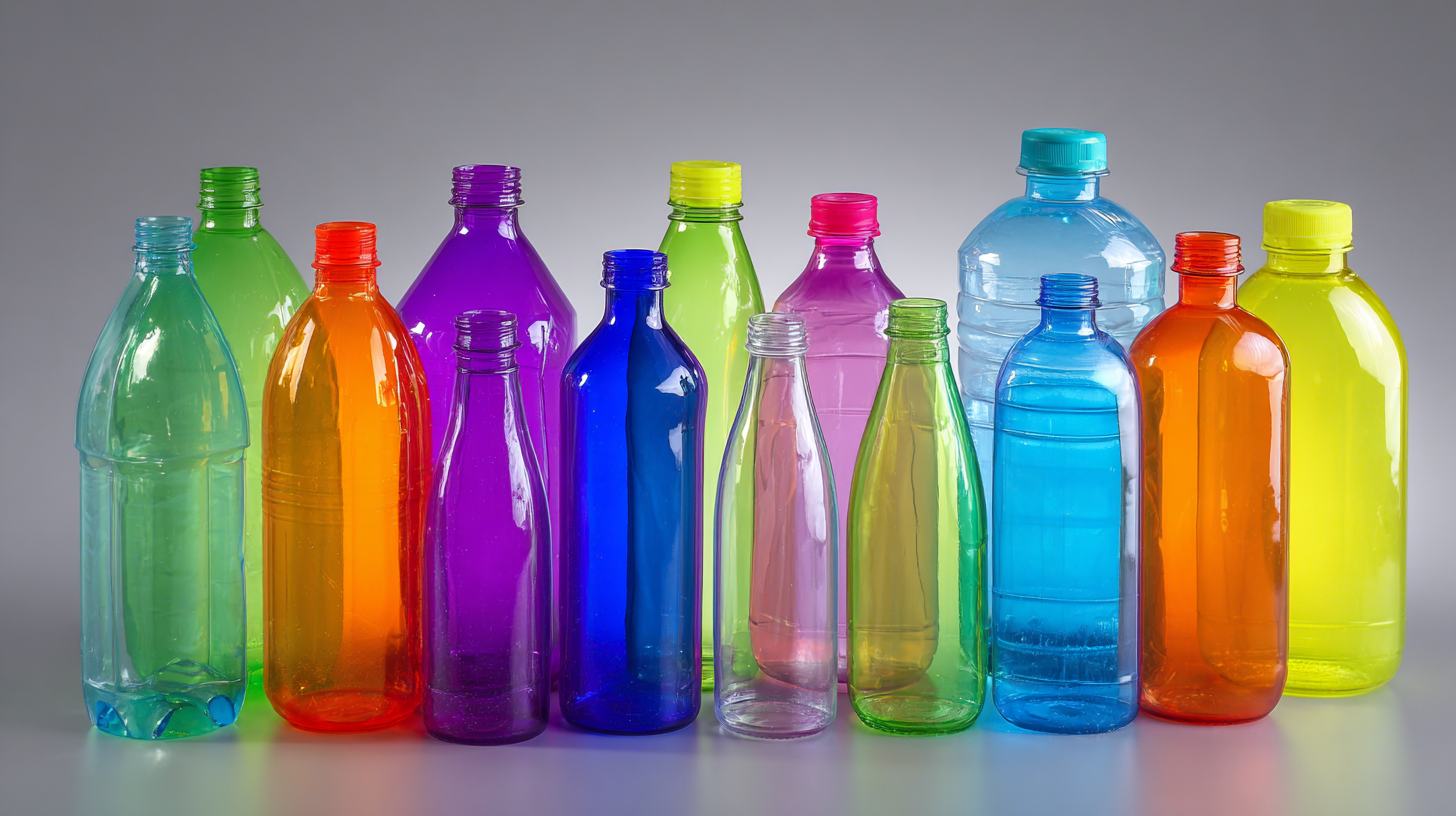
Factors to Consider When Selecting Bulk Plastic Bottles for Your Business Needs
When selecting bulk plastic bottles for your business needs, it’s crucial to consider various factors that can impact both functionality and sustainability. First and foremost, the material of the bottle plays a significant role. PET (Polyethylene Terephthalate) is widely used due to its strength and recyclability. However, other options such as HDPE (High-Density Polyethylene) and biodegradable plastics are gaining traction as businesses strive to adopt more environmentally friendly practices. Assessing the intended use of the bottles also influences the material choice; for example, bottles for food and beverages must comply with strict safety regulations.
Another key consideration is the design and customization options available. Businesses often require specific shapes, sizes, and labeling that cater to their branding needs. Moreover, factors such as supply chain efficiency and cost-effectiveness cannot be overlooked. Understanding the packaging market trends, exemplified by the projected growth in both the U.S. and Canadian plastic packaging sectors, can help in making informed decisions. Balancing quality, sustainability, and cost will ultimately lead to the best choice in bulk plastic bottles for your operations.
Top 5 Industries Benefiting from Bulk Plastic Bottle Purchases and Their Usage Statistics
In recent years, the demand for bulk plastic bottles has skyrocketed across various industries. Among the top sectors capitalizing on this trend are the beverage industry, personal care products, food packaging, pharmaceuticals, and cleaning supplies. Each of these industries showcases unique statistics illustrating the substantial reliance on bulk plastic bottles to meet their operational needs. For instance, the beverage industry alone accounts for approximately 60% of the total plastic bottle consumption, a testament to the high volume of bottled drinks produced worldwide.
The personal care and cosmetics sector follows closely, with a significant increase in the use of sustainable plastic packaging solutions. Recent data indicates that more than 50% of personal care brands are incorporating recycled materials into their packaging, demonstrating a commitment to environmental sustainability while meeting consumer demand. Similarly, the pharmaceutical industry relies heavily on plastic bottles for their products, with strict regulations ensuring these containers provide safety, reliability, and functionality. As these industries continue to evolve, understanding their plastic bottle usage reflects broader trends in consumer behavior and sustainability efforts.
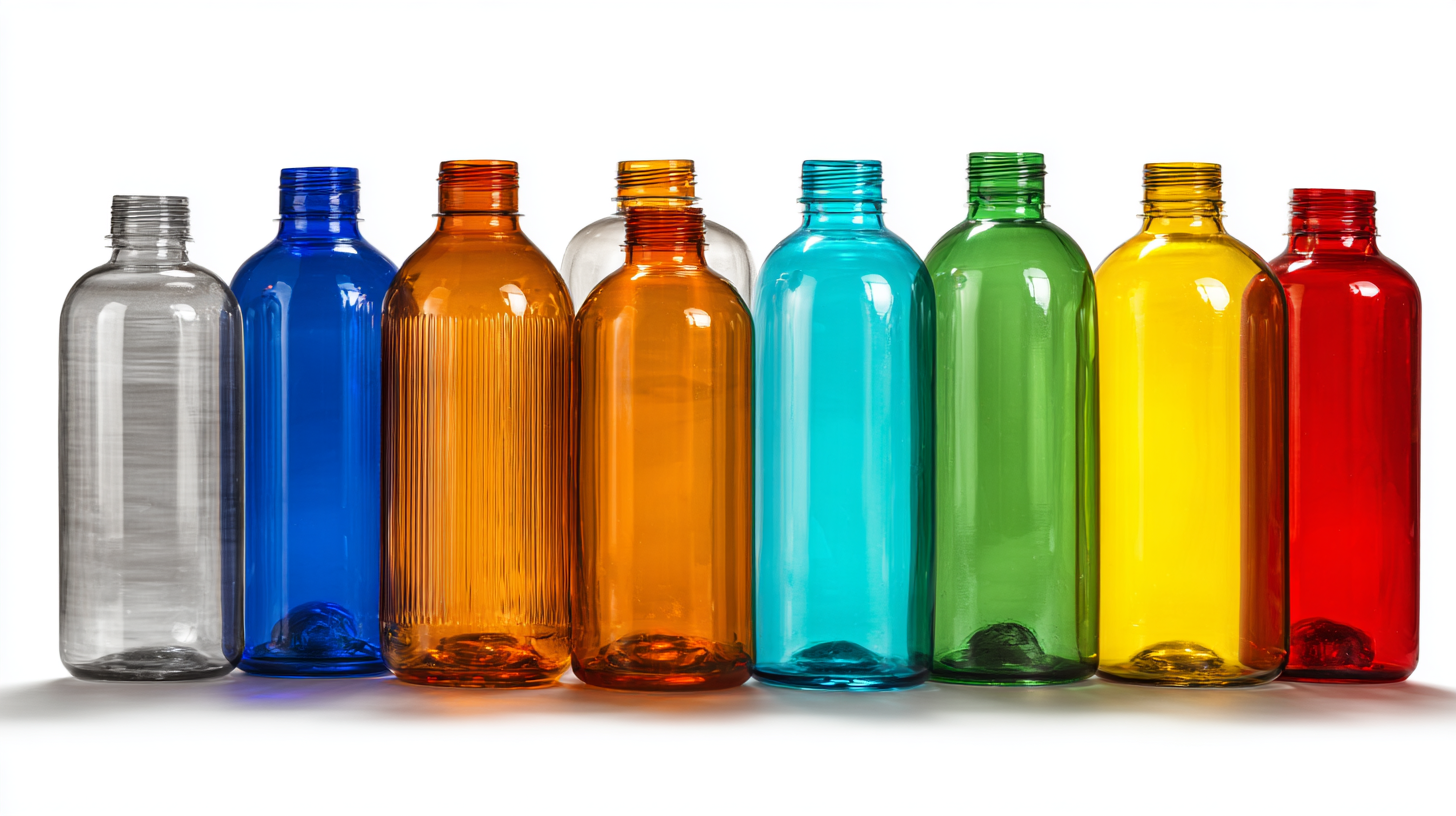
Comparison of Material Types for Plastic Bottles: PET vs. HDPE vs. LDPE
When selecting bulk plastic bottles for packaging needs, understanding the differences between material types—primarily PET (Polyethylene Terephthalate), HDPE (High-Density Polyethylene), and LDPE (Low-Density Polyethylene)—is crucial. According to a report by Grand View Research, the global PET market is expected to surpass $79 billion by 2025. Renowned for its clarity and strength, PET is commonly used for food and beverage packaging and is fully recyclable. Its durability makes it ideal for long-term storage of products, while its lightweight nature contributes to reduced transportation costs.
In contrast, HDPE is lauded for its impact resistance and versatility, making it suitable for household products, toys, and industrial containers. The American Chemistry Council categorizes HDPE as one of the most commonly recycled plastics, contributing to its favorable environmental reputation. On the other hand, LDPE, while less rigid than HDPE, is often used for products like squeeze bottles and shopping bags due to its flexibility and toughness. A report from Research and Markets highlights that the global LDPE market is projected to reach $43.4 billion by 2026, driven by its wide range of applications and recycling potential. Each material has distinct benefits, making it important for businesses to evaluate their specific needs when choosing bulk plastic bottles.
Understanding the Cost-Effectiveness of Bulk Purchasing: Savings Per Unit Explained
When considering the purchase of bulk plastic bottles, understanding the cost-effectiveness of such an investment is crucial for businesses. According to a report by IBISWorld, the plastic container manufacturing industry generates approximately $45 billion annually, reflecting the immense scale and competitive nature of this market. Bulk purchasing can lead to significant savings, with costs per unit often dropping by as much as 30% to 50% compared to single-unit purchases. This drastic reduction in price not only enhances profitability but also allows businesses to allocate resources to other vital areas.
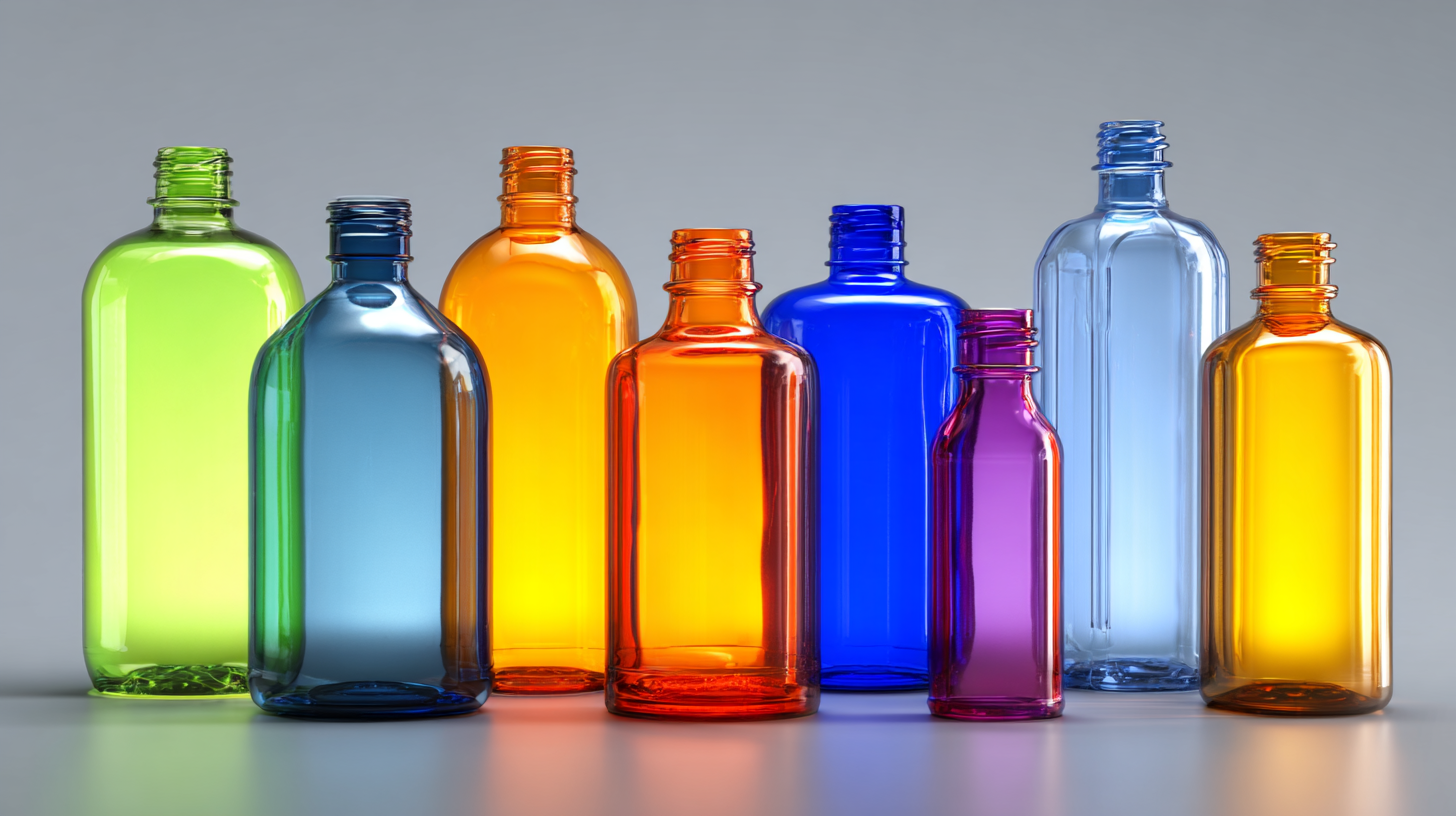
Furthermore, a study by Packaged Facts indicates that the demand for bottled beverages and various packaged goods continues to rise, driving companies to foster strategic purchasing habits. For instance, buying in bulk frequently brings additional benefits such as reduced shipping costs and lower packaging waste, making it an environmentally friendly option. Companies can also mitigate supply chain disruptions by maintaining larger inventories, ensuring that they can meet consumer demand efficiently. With these compelling statistics in mind, businesses can make informed decisions that align with their financial strategies and operational needs.
Sustainability Trends: The Rise of Recyclable and Biodegradable Plastic Bottles in the Market
The demand for sustainable packaging solutions has accelerated significantly in recent years, particularly within the beverage industry. According to a report by Smithers Pira, the global market for sustainable packaging is expected to reach $500 billion by 2027, reflecting a growing consumer preference for eco-friendly options. This trend is particularly evident in the rise of recyclable and biodegradable plastic bottles. Companies are increasingly recognizing that adopting sustainable practices not only meets consumer expectations but also enhances brand loyalty and reduces environmental impact.
Recyclable plastic bottles are now being produced with higher percentages of recycled content, making them a more sustainable choice. In fact, research from the American Chemistry Council indicates that recycling rates for PET plastic bottles have reached approximately 29%, showcasing the effectiveness of recycling initiatives. Additionally, biodegradable plastics, which decompose more quickly than traditional plastics, are gaining traction as manufacturers strive to reduce pollution. The bioplastic market is projected to grow at a CAGR of 15% through 2026, according to a report from Grand View Research. This growth is driven by innovations in materials that meet both performance and sustainability standards, offering consumers viable alternatives to conventional plastic bottles.
Exploring the Best Options for Bulk Plastic Bottles
| Bottle Type | Material | Recyclable | Biodegradable | Cost per Unit ($) | Average Weight (grams) | Sustainability Rating (1-10) |
|---|---|---|---|---|---|---|
| PET Bottles | Polyethylene Terephthalate | Yes | No | 0.20 | 15 | 7 |
| HDPE Bottles | High-Density Polyethylene | Yes | No | 0.25 | 20 | 6 |
| PLA Bottles | Polylactic Acid | Yes | Yes | 0.30 | 25 | 9 |
| RPET Bottles | Recycled PET | Yes | No | 0.22 | 18 | 8 |
| Biodegradable Bottles | Plant-Based Materials | Yes | Yes | 0.35 | 30 | 10 |
